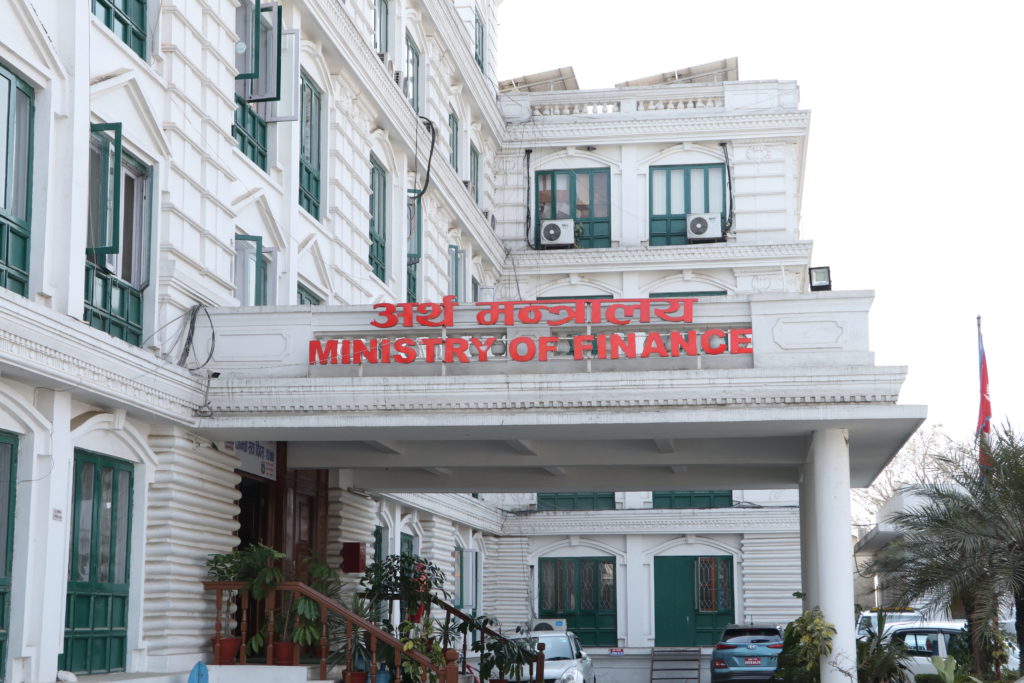KATHMANDU: Amid growing discontent over the fiscal allocations for the upcoming year, Finance Minister Barsha Man Pun defended the government’s budget strategy, emphasizing the objective use of Nepal’s limited financial resources. The discussion took place in the House of Representatives on Sunday, following the announcement of the fiscal year 2024/25 budget on May 28.
The government’s proposed budget for the next fiscal year stands at Rs 1.860 trillion. Financing sources include Rs 1.26 trillion from revenue, Rs 330 billion from internal loans, Rs 217 billion from external loans, and Rs 52.3 billion from foreign grants. Despite this, numerous lawmakers voiced their concerns over what they perceive as an inequitable distribution of funds among crucial programs.
Manish Jha, a lawmaker from the Rastriya Swatantra Party, criticized the budget for not allocating sufficient funds to enhance the institutional capacity of the state mechanism. He also warned of the potential risks to private sector investment due to the government’s substantial domestic borrowing.
“The government has proposed an additional Rs 89 billion from internal borrowing. This is excessive and could have negative repercussions,” Jha stated.
Former Finance Minister Prakash Sharan Mahat echoed these sentiments, arguing that the government’s focus on populism undermines the potential for maximizing returns on investment. He expressed concerns over the budget’s reliance on internal loans, suggesting that this approach could destabilize the economy.
“The budget seems more focused on gaining popularity rather than achieving tangible economic returns. It’s crucial to balance popularity with financial prudence,” Mahat commented.
Ram Prakash Chaudhary from the Loktantrik Samajwadi Party highlighted a significant issue with the budget allocation, pointing out that more funds are allocated for financial management than for capital expenditure. The budget has earmarked Rs 367 billion for interest and loan repayments, while development projects will receive Rs 352 billion.
“This imbalance between financial management and capital expenditure is not a positive indicator for economic growth,” Chaudhary said.
Metmani Chaudhary from the Nepal Communist Party (Unified Socialist) criticized the budget for failing to address the needs of economically disadvantaged groups, remote areas, and marginalized communities.
“The budget does not include any substantial programs to support the economically disadvantaged and marginalized communities. This oversight must be addressed,” Metmani Chaudhary insisted.
Bishnu Prasad Paudel, vice-chairman of the CPN-UML, expressed dissatisfaction with Finance Minister Pun’s approach, noting that the coalition partners were not adequately consulted during the budget preparation process.
“The budget size is moderated, and capital expenditure has been increased by Rs 65 billion, which is a positive step. However, the lack of consultation with coalition partners is a significant oversight,” Paudel remarked.
Despite the criticism, Finance Minister Pun remained steadfast, asserting that the budget includes provisions designed to bolster private sector confidence and ensure responsible use of the country’s limited resources.
“We have included measures to protect productive sectors and have only made minimal revisions to tax rates. The goal is to make responsible and effective use of our limited resources,” Minister Pun explained.
He further claimed that the budget aims to foster a balanced approach, increasing capital expenditure while ensuring that the country’s financial sustainability is not compromised.
“The budget is balanced in its approach, aiming to enhance capital expenditure by Rs 65 billion. While the implementation will be challenging, the provisions are designed to ensure long-term sustainability and growth,” he added.
As the debate continues, it is clear that the government faces significant challenges in addressing the diverse needs and concerns of its constituents while striving to maintain economic stability and growth. The upcoming fiscal year will be a crucial period for assessing the effectiveness of these budgetary allocations and their impact on Nepal’s development trajectory.

